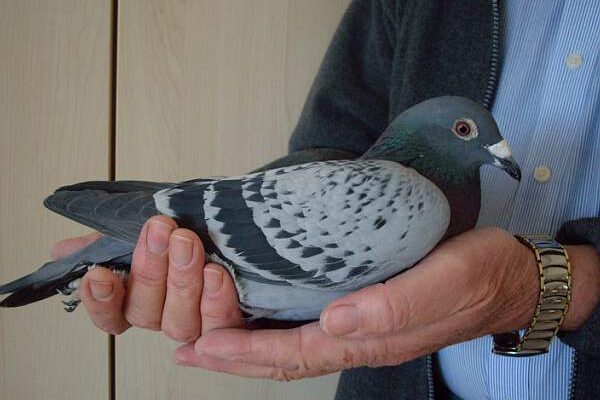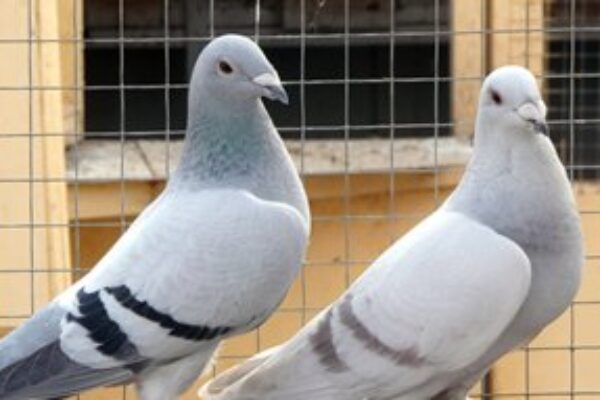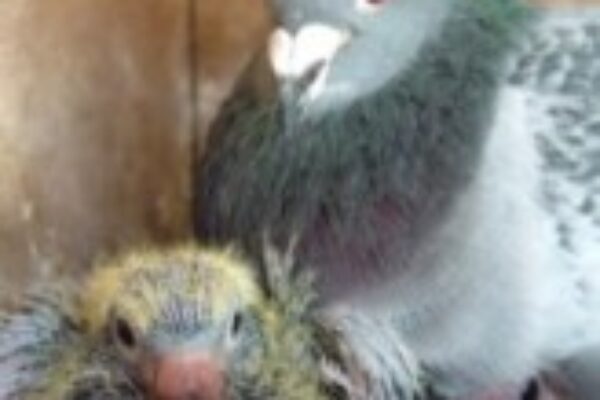When to Train Your Racing Pigeons by Domanski Family Lofts
Loft Flying
Loft flying should be done when ever it is convenient for you. This is one of the trainings you can adjust for your work schedule. If you work swing shift or night, the birds can fly in the morning. If you have banker’s hours 9-5, then they can fly in the evening. There is no real danger unless you are in the habit of over feeding your birds and they don’t come inside when you give “the call”. If that is the case and you are loft flying in the evening don’t be surprised of one or two or more sit out over night. At night, they can easily become dinner for predators such as owls, raccoons, possums and cats.
Road Training
Morning Tosses
I am of the opinion that when you road train, the release should be about the same time as the release time for regular races. This is not always the case depending on the hours you work and the schedule you have. In 2002 I was fortunate enough to work 50 miles in the direction we race from and to work day shift. I took the birds with me daily and released them from a 30 mile point. The birds were getting very sharp and didn’t even circle when released. I have never had the same schedule since but it was a sweet set up.
The advantages of morning tosses pay off in the summer and when training young birds as you have the opportunity to get them up in the air before the summer heat kicks in. In Nebraska we can have extremely hot weather. If the birds have a bad toss, they have time to get down, rest and make it in before evening. No matter how good your birds are, it is my experience in this area of the country every flyer is going to have a bad toss.
The disadvantage is in old bird training in the very early part of the spring. You have to watch your morning temperatures. If it is below 25-30 degrees fahrenheit, it’s probably too cold for the birds to train. Others may disagree, regardless, there is a threshold in which the temperature will prohibit morning training.
Afternoon Tosses
While you don’t have the advantage of releasing when race release would normally occur, you have the advantage of the best temperatures in the spring and fall for training. When it’s cold it usually warms up near noon to 2 pm and is ideal for tosses when those restricted to morning or late evening can not. Also, before daylight savings time allows us to move the clock forward the evening tossers are at even more of a disadvantage.
The only handicap is when summer hits and temperatures get really high, it’s almost impossible to train in the middle of the afternoon. I do know some old timers that still trained in the afternoon on the hottest days and one thing you could credit them for is that they developed a very tough family of birds.
Evening Tosses
If you can only toss in the evening, I would not go over 30 miles as if you have a bad toss, then the birds are now restricted by the coming of sunset. Then as discussed earlier, they will have to go down somewhere and can fall victim to predators. If you are going to train greater than 30 miles, you will have to toss on your days off. You should allow the birds a two hour window to get home before sunset.
Club Training Truck
If you are fortunate enough to belong to a club that has a training truck, I strongly suggest you use it. With the escalating cost of gasoline, the club collectively can offer it’s members a much more economical way to train. Your birds will also learn to break from the other lofts in the club in a venue other than actual race time. Most club training trucks release in the morning which will better prepare the birds for race releases.
When to Train Your Racing Pigeons by Domanski Family Lofts
The Leading Online Pigeon Racing and Racing Pigeons Magazine – The Pigeon Insider








sir this was very important to know how to and when to traine ur racing pigeons very helpful and appropriated Regards thanku
A WHOLE LOTTA INFO THAT’S REALLY IMPORTANT!!! Thanks again Christobo!!! Yours is an awesome site.